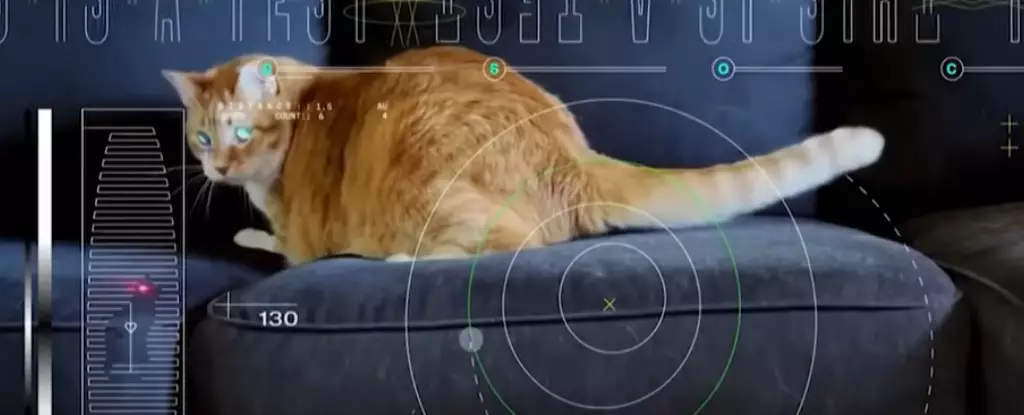In an age where terrestrial communication is dominated by high-speed internet, NASA is taking a significant leap into the future with its Psyche mission, aimed at exploring a unique metal-rich asteroid located in the asteroid belt. This ambitious initiative marks a transitory phase in space communication technology, employing groundbreaking optical communication methods. Instead of traditional radio frequency signals, which have long been the backbone of deep space communication, the Psyche mission utilizes highly focused laser beams. This transition opens new frontiers and enhances data transmission capabilities beyond what was previously feasible.
The historical reference to ships passing in the night, once communicating through rudimentary Morse code, illustrates how far our communicative technology has come. The Psyche mission, despite the vast distance of approximately 240 million miles from Earth, successfully communicates via a system that utilizes laser transceivers operating in the infrared spectrum. This innovative approach allows for significantly higher data rates, showcasing how technology has evolved to bridge the communication gap between our planet and far-off destinations in the solar system.
The use of a laser transceiver on Psyche represents a monumental shift in deep space communication. Traditional radio frequency systems, while reliable, typically operate at much lower frequencies, limiting their data transfer rates. By harnessing a higher frequency spectrum, NASA’s Jet Propulsion Laboratory’s mission planners have managed to push data rates to astonishing heights. During initial tests, Psyche achieved a remarkable data transmission rate of 267 megabits per second when it was in close proximity to Mars. These capabilities are not only ambitious but indicative of how optical communication can reshape our understanding of space exploration.
Remarkably, even as Psyche travels to more distant locations—reaching up to 390 million kilometers from Earth—the data communication rates remain impressive. In June, operated data downlink rates were maintained at 6.25 megabits per second, which, although slower than previous peaks, still outstrips conventional radio frequency systems significantly. Such efficiency underscores the importance of this optical communication technology as we seek to gather and relay crucial data from objects far beyond our planet’s boundaries.
In a uniquely light-hearted touch, the Psyche mission team chose a quirky yet powerful demonstration of their high-speed communication capabilities by sending an ultra-high-definition video of a cat named Taters energetically chasing a laser pointer. While seemingly trivial, this gesture serves multiple purposes. Firstly, it demonstrates the feasibility and functionality of the transmission system in real-time. Secondly, it embodies an engaging method to convey the project’s technological successes to the general public, fostering interest and support for space exploration.
The significance of sending a cat video lies not just in its entertainment value but in its role as a symbolic proof of concept. While many might view such a demonstration as frivolous, it illustrates how efficiently data can be transmitted through these advanced laser systems. When space communication is often framed within the context of scientific rigor, adopting a more relatable approach helps bridge the gap between intricate technical capabilities and everyday human experiences.
As NASA wraps up the first phase of the Psyche mission’s optical communication experiment, the results clearly indicate a successful proof of concept, ensuring that the data rate diminishes in accordance with the distance from Earth—predictable but crucial for the next stages of the mission. The project team is set to resume operations in November, with plans to determine the long-term functionality of the optical system.
Looking ahead, the Psyche mission is scheduled to arrive at its target asteroid by 2029, granting NASA ample time to refine and enhance their communication technologies. Importantly, a backup radio frequency communication system aboard Psyche will remain operational, ensuring a reliable method for contacting Earth scientists if the primary system encounters challenges.
As we stand on the brink of a new era in space exploration communication, the implications extend well beyond the Psyche mission. By adopting innovative technologies that push the boundaries of what is possible, NASA is paving the way for future missions that could harness even more sophisticated communication capabilities, creating a seamless dialogue with the cosmos.


Leave a Reply